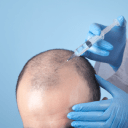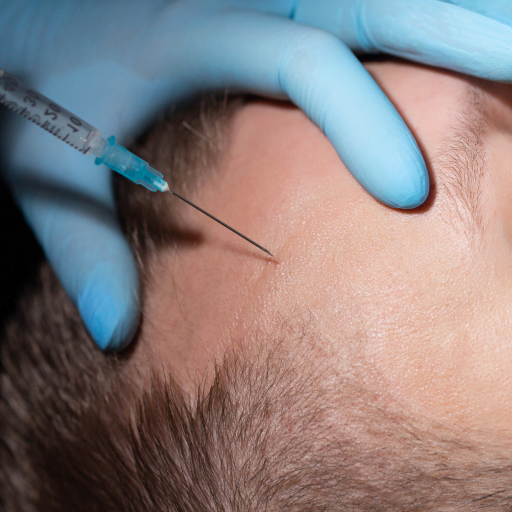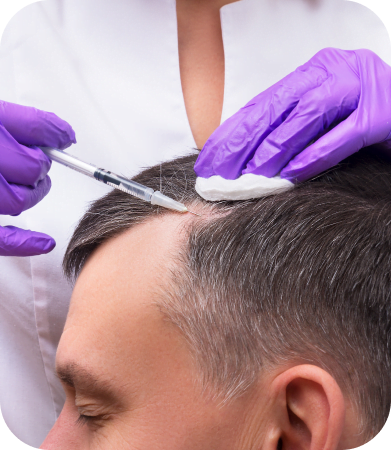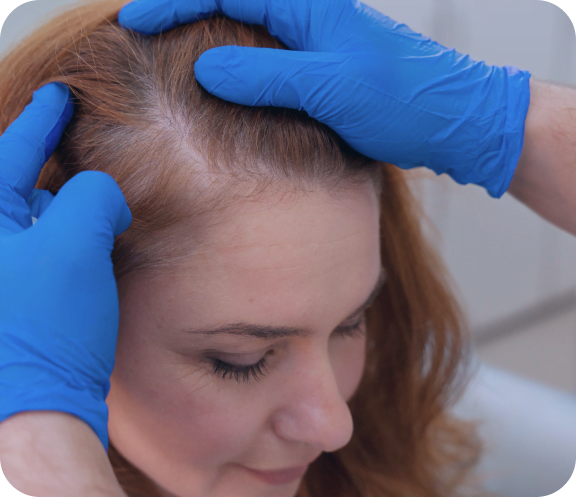Is PRP Effective at Regrowing Hair?
Studies on PRP aren’t entirely conclusive, and not enough research exists to document its effects on hair growth. One theory suggests that the body operates more efficiently with better blood flow. Remember that red blood cells carry oxygen through the body, which helps stimulate vital organs, allows them to perform optimally, and promotes cell growth. Our body needs oxygen to function efficiently.
The most promising part of this theory involves the proteins in platelets. Some hypotheses claim that the proteins contain several kinds of growth factors. These growth factors include platelet-derived growth factor (PDGF), transforming growth factor (TGF), vascular endothelial growth factor (VEGF), insulin-like growth factor (IGF), epidermal growth factor (EGF) and interleukin (IL)-1.
These growth factors could promote new follicle development and enhance the natural formation of new blood vessels. Therefore, if new follicles are present, new hair may grow.
PRP treatments in areas of the scalp where hair is thinning could potentially help the shrinking follicles produce hair more efficiently and create some new follicles. Nonetheless, enough blood flow would be beneficial, but determining effectiveness for how stand-alone treatments requires more research.
A 2014 pilot study injected 2 to 3 milliliters of PRP four times (two weeks apart) in 11 participants. These individuals hadn’t seen success with oral finasteride or topical Minoxidil. Researchers found hair loss slowed between the first and fourth injections of PRP. Their conclusion: PRP injection is an easy, economical, and logical treatment option for androgenic alopecia, with high overall patient satisfaction.
While this pilot study offers hope for those who would like to try PRP for hair loss, more research is needed before it can be proven effective as a stand-alone treatment. Additionally, clinical trials will need to involve a larger group of participants.
While the efficacy of stand-alone injections as a treatment for hair restoration is still debatable, PRP has been proven very effective in wound healing.
After the hair follicles have been harvested from the donor site, the patient’s own PRP gets injected back into the scalp to promote faster healing. Most patients are interested in this process, as the post-operative healing period can be uncomfortable (although certainly not unbearable).
Of course, proper care after FUE treatment plays a significant role in the success of the procedure. Follow these instructions for success following the procedure:
- Spray the scalp with water and let it air dry.
- Don’t wash or brush your hair for the first week.
- Refrain from dyeing your hair for the first month to ensure the transplant site accepts the relocated follicles while allowing the donor site to heal properly.



